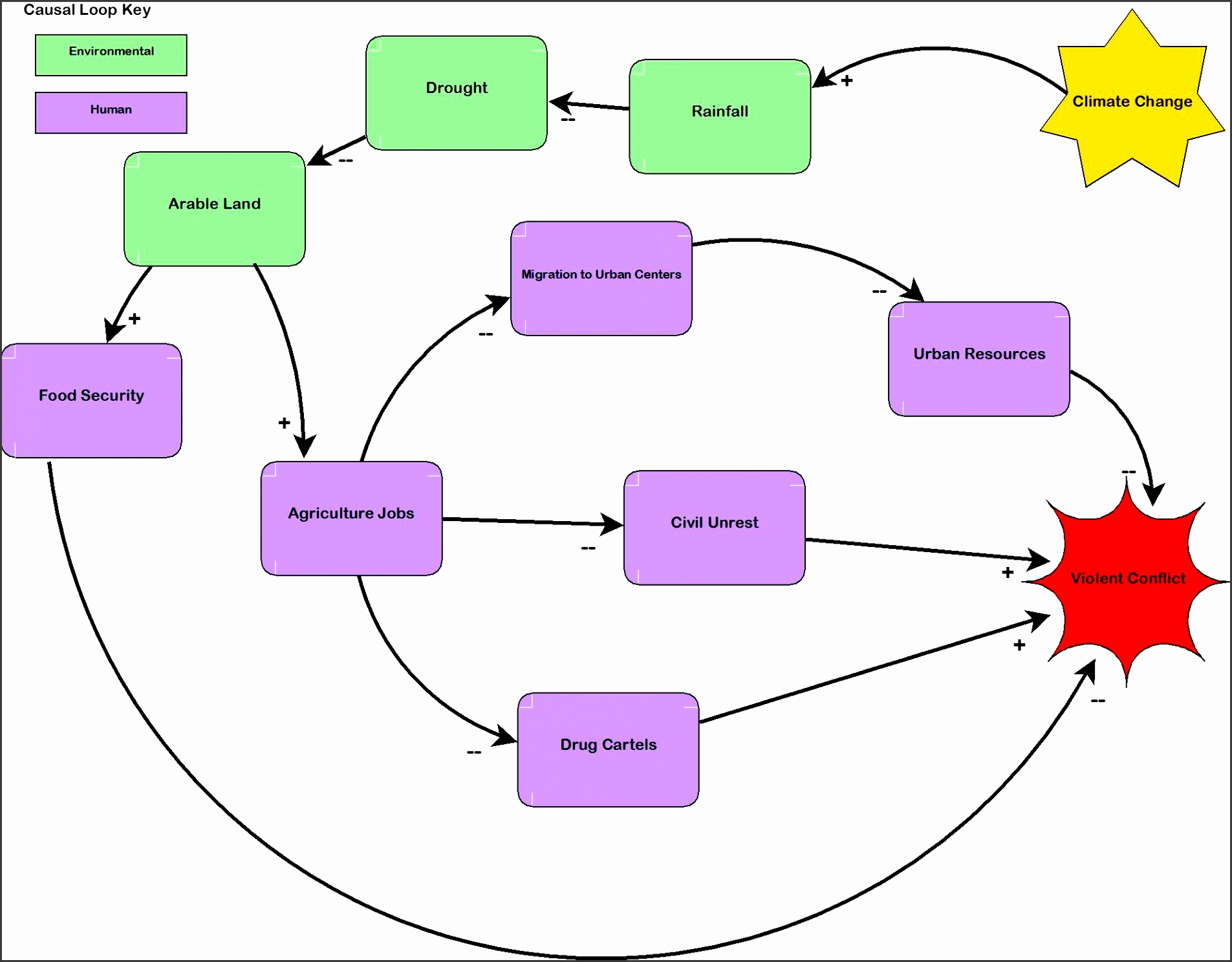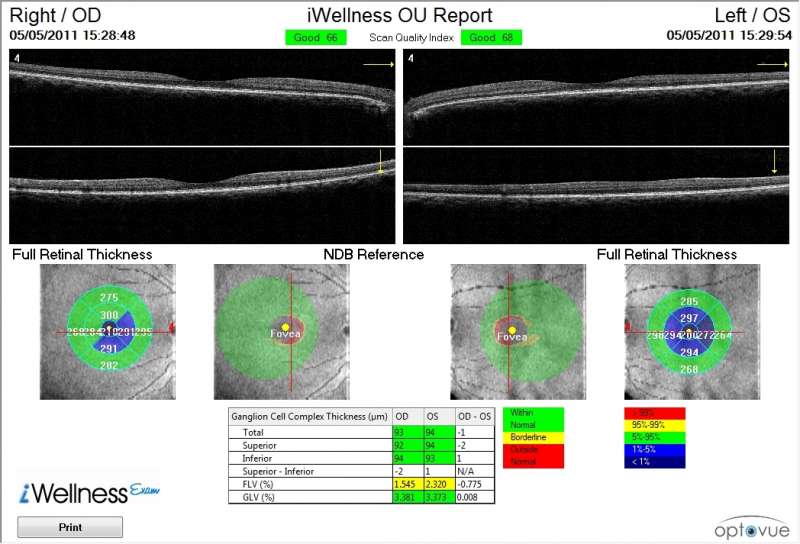

With this keyword you obtain a great degree of control for manual legend placement I strongly recommend placing it at the upper right location (, #1). Legends for the categorical variable and the scale to infer the numerical value of the third variable are located outside the chart by means of the keyword bbox_to_anchor. The disk indicated in the position (60, 225) is clearly an outlier. The graph above shows a direct (positive) relationship between variable A and variable B. There must be appropriate legends for the dissimilar categories represented by the colors and some type of scale that allows us to infer the numerical value indicated by the size of the bubble.įig. The story is narrated from the shape that these data points generate as well as from the differences in the relative sizes of the bubbles or discs. You can even incorporate a fourth dataset (D: numerical or categorical) using different colors in different bubbles. A third numerical variable © is represented by means of the area of the bubble. How: a bubble or disk is drawn for each observation of a pair of numerical variables (A, B) positioning, in a Cartesian coordinate system, the disk horizontally according to the value of variable A and vertically according to variable B.

They are considered a natural extension of the scatter plot where the dots are replaced with bubbles or disks. Under special circumstances, they could be used to show trends over time or to compare categorical variables. Why: bubble charts are used to determine if at least three numerical variables are related or share some kind of pattern. They need to appear whenever we place the mouse over the circles. bubble_graph.js var bubbleChart = function () ). Let's start by creating a function to encapsulate all variables of the graph and set the default values. You first need to define which elements of the chart can be customized: “To sum up: implement charts as closures with getter-setter methods.” - Mike Bostock The bubble chart

This has to do with the way D3 associates data instances with DOM elements. We want every graph element associated with a data point of our dataset independently. Ability to be built in an independent way.
#Bubble chart code
We want to modify the appearance and behavior of the graph without having to modify the code itself. Graphs following the reusable chart pattern have two characteristics: We’ll use his approach with some small modifications, as presented by Pablo Navarro Castillo in the book Mastering D3.js. For this, Mike Bostock (the creator of D3) proposed a model called reusable charts. We often need to reuse a chart in another project, or event share the chart with others. It brings data to life using HTML, SVG and CSS. This is the chart you’re going to build About D3ĭ3 is a JavaScript library for data visualization. The dataset we’ll use is composed of stories published in the freeCodeCamp in January 2017.
#Bubble chart how to
In this article, I’ll show you how to create a reusable bubble chart and give you a gentle introduction to D3 along the way. Things only became more clear when I started to learn about reusable charts. When I started to learn D3, nothing made sense to me. By Déborah Mesquita A gentle introduction to D3: how to build a reusable bubble chart Getting Started with D3


 0 kommentar(er)
0 kommentar(er)
